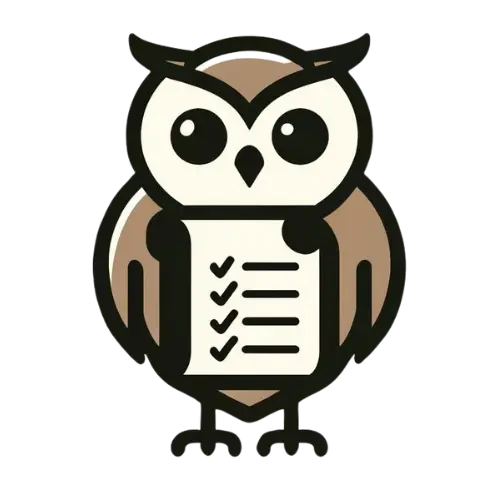Good morning everyone. Today I want to share with you a powerful process for managing daily tasks and workflows.
It’s called GSFA, which stands for Gathering, Sorting, Filtering, and Acting.
This process is designed to help you stay on top of your tasks, reduce stress, and increase productivity.
By the end of this speech, you’ll have a clear understanding of how to apply GSFA in your own life.
Gathering
The first step in GSFA is Gathering. This is the collecting or capturing stage, where you gather all the open loops, things needing action, across all your projects.
As the inspirational speaker, Les Brown, once said, “You cannot get to where you want to go, if you don’t know where you are.”
Gathering helps you get a clear picture of where you are, by collecting all your tasks, ideas, and projects in one place.
Sorting
The second step is Sorting. This is where you set dates on items, making sure you set the dates for each item on when you want to think about it next.
Renowned entrepreneur Arianna Huffington puts it well: “Setting priorities is about making conscious choices about how we want to spend our time.”
You can prioritize your tasks by setting dates and deadlines, and then sorting your list from earliest to latest.
Filtering
The third step is Filtering. This is where you move tasks into different categories or lists, or into different projects that they belong in.
Filtering also means viewing your task lists from different views, such as important tasks, tasks due today, tasks due tomorrow, and tasks due this week.
The inventor Alexander Graham Bell famously said, “Concentrate all your thoughts upon the work at hand. The sun’s rays do not burn until brought to a focus.”
Filtering helps you get rid of the clutter, and focus on what’s truly important.
Acting
The final step is Acting. This is where you take action on your tasks.
But before you act, you need to choose a task to act on. This is where the Sorting and Filtering steps come in.
By using the sorted order and filtered views, you can easily identify the most important and urgent tasks. Then, you can choose a task to act on, and take action on it.
The great Nelson Mandela encourages us by saying, “Action without vision is only passing the time, vision without action is merely daydreaming, but vision with action can change the world.”
Acting is where you turn your tasks into reality, by doing something in the real world, such as writing an email, talking to someone, filling in a form, editing a video, doing an errand, and more.
Remember, action is what moves projects forward, and gets results.
Conclusion
GSFA is a powerful process for managing daily tasks and workflows.
By Gathering all your tasks and ideas, Sorting them by priority and deadline, Filtering them by category and importance, and Acting on them, you can reduce stress, increase productivity, and achieve your goals.
So, I encourage you to take the first step today, and start applying GSFA in your own life.
Remember, as the great Maya Angelou once said, “Do the best you can, until you know better. Then, when you know better, do better.”
Thank you!
About the Authors
Geoff Peters (human) is a Senior Software Developer, Productivity Geek, and Musician based in Vancouver Canada. He coined the GSFA acronym with his partner, Tony. Geoff can be found on LinkedIn at linkedin.com/in/gpeters
Co-author, LLAMA3, is an AI model trained by Meta and available at https://www.meta.ai
Appendix – What are “Open Loops”?
In a productivity system, an “open loop” refers to a task, project, or idea that is not yet complete or closed. It’s a concept introduced by David Allen in his book “Getting Things Done” (GTD).
An open loop represents a commitment, responsibility, or obligation that requires further action or attention. It’s a “loop” because it’s a reminder that circles back to you, prompting you to take care of it.
Examples of open loops include:
- Unfinished tasks or projects
- Unanswered emails or messages
- Unresolved issues or problems
- Pending decisions or actions
- Unmet goals or objectives
The idea is to Gather all the open loops or unfinished actions, Sort them by date and priority, Filter them into categories or projects, and then Act by choosing a task to work on.
By closing open loops, you can achieve a sense of completion, relief, and mental freedom, allowing you to move forward with greater clarity and productivity.


Leave a Reply